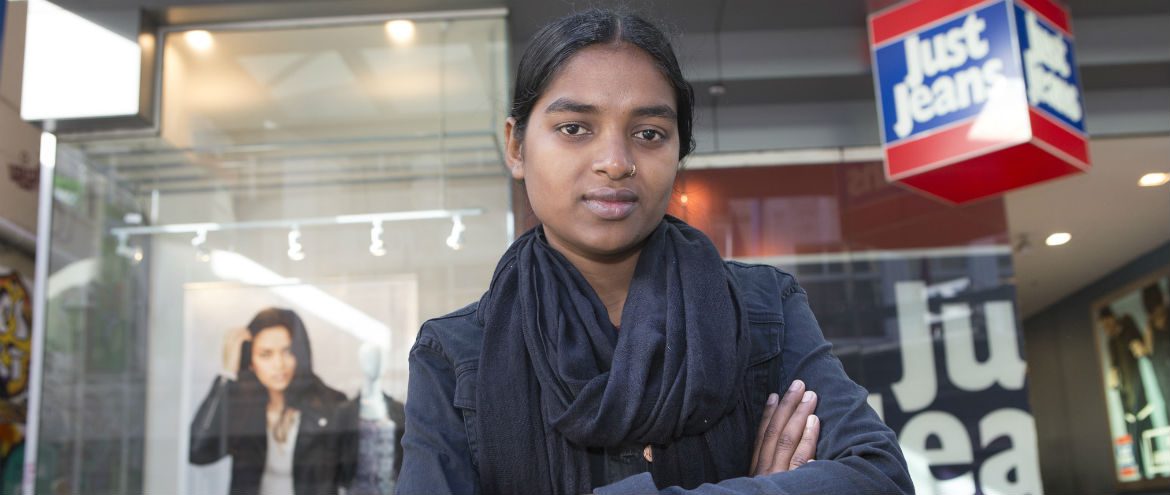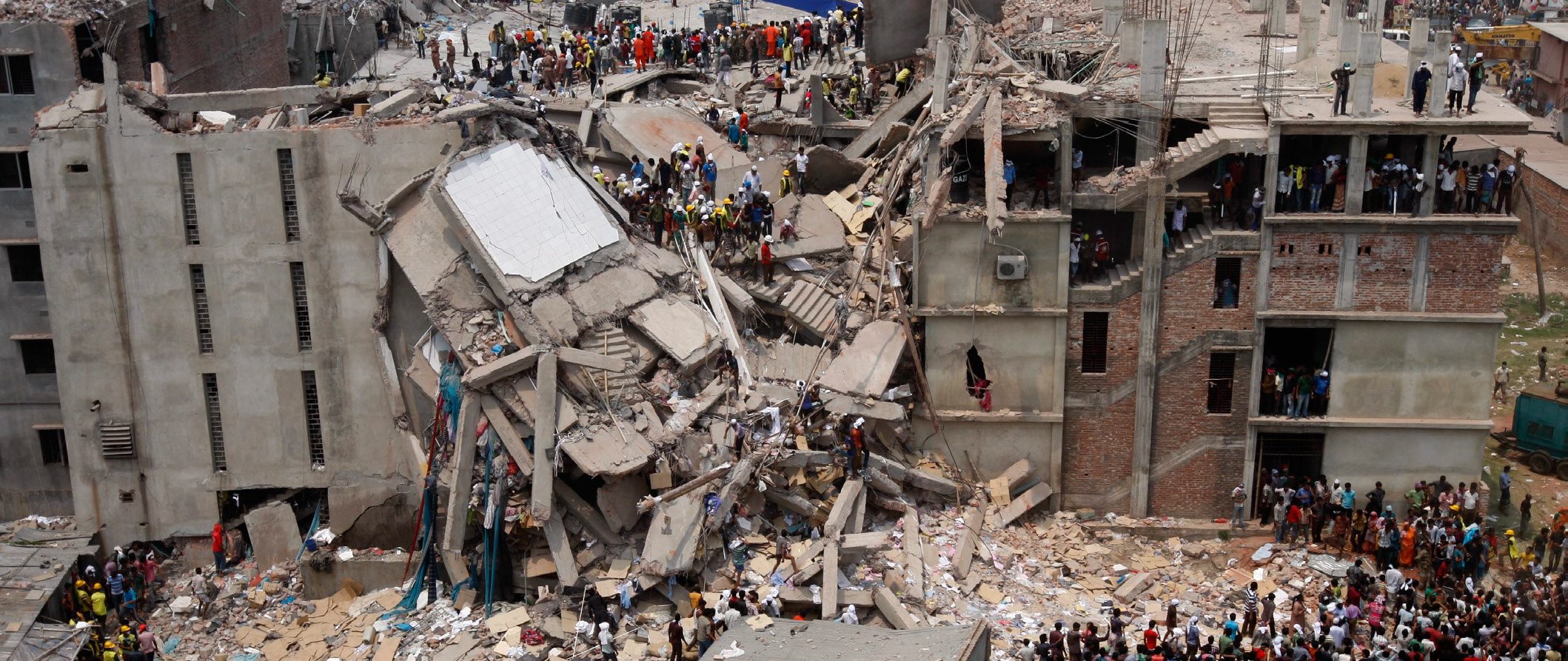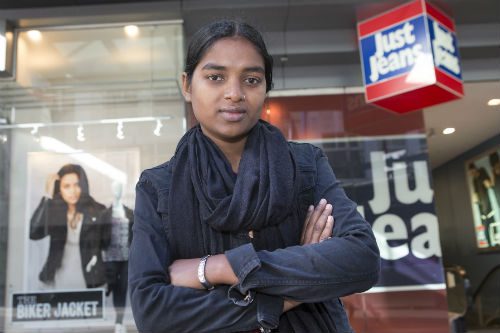
As students return to school after the Easter holidays — unconditioned to waking up at 7am and nursing chocolate hangovers — we here at Oxfam turn our minds to the next high school term project: fair trade.
Term 1 saw students promoting Indigenous health equality in our biggest National Close the Gap Day to date. Term 2 will see students across Australia learning how the choices they make about the products they buy can help work towards building a just world, without poverty.
Why fair trade?
Trade can be a positive instrument for generating wealth and lifting people out of poverty. On the other hand, unfair trade practices and poor trade regulation can lead to the exploitation of workers. Oxfam’s work on fair trade and labour rights calls on businesses and governments to address instances where workers are paid inadequately and are forced to work in poor conditions.
Students can engage with this issue by considering how their own choices as budding consumers can be inadvertently implicated in the exploitation of workers. The clothes we buy are often produced in unsafe working environments in the developing world, where men, women and children work long hours in inhumane conditions for meagre pay.
Starting the revolution
In April 2013, Rana Plaza (a factory in Bangladesh that produced clothing for major fashion brands) collapsed, killing 1,130 people and injuring over 2,500. The collapse happened after safety warnings were ignored by management staff.

This tragedy led to major Australian brands such as Cotton On, Kmart, Target, Forever New, Woolworths and Pacific Brands signing the Bangladesh Fire and Building Safety Accord: an action championed by Oxfam.
But simply signing up is not enough. This year, Oxfam has partnered with Fashion Revolution to call for full transparency from brands about how our clothes are made.
Transparency means that brands can be held accountable for the working conditions and wages in the factories where their clothes are produced, so we can be sure they are keeping their word to protect the safety and rights of their workers.
Australia’s young people have an important role to play in calling out exploitation in some of the country’s most loved brands.
Big brands can drive trends in the fashion industry and have the ability to influence huge change in alleviating poverty and contributing to social change. That’s why it is so critical that we continue to provide education in schools about fair trade to inform the consumer choices of young people.
How does it work?
Students and teachers are invited to upload photos of themselves and the labels of the clothes they’re wearing to Instagram or other social media platforms, with the hashtag #whomademyclothes.
You may also choose to tag the company such as @targetaus or @kmartaus, to directly call upon the company to address their manufacturing transparency and accountability. Other ideas for student activities include running a Fairtrade market stall or staging a Fairtrade fashion parade.

The fair trade project lasts right throughout Term 2, but there are two main events that can serve as focal points for student involvement:
1. Fashion Revolution Week, 18–24 April (ending on the Rana Plaza anniversary)
2. Fair Trade Fortnight, 8–22 May
While the issues of fair trade and exploitation in the fashion industry are highly interlinked, these two events provide schools the opportunity to discuss each issue separately. Schools can focus firstly on the clothing industry, then expand the conversation to incorporate other industries.
Fair Trade Fortnight is also the perfect opportunity to encourage the introduction of Fairtrade tea, coffee, chocolate and other products into the staffrooms at school, or even at your school fetes and other catered events. It’s a small price for big change!
Oxfam provides numerous resources for teachers to help start this conversation. Our materials follow the “Learn, Think, Act” methodology for teaching global citizenship, encouraging students to first learn about the issue, then think critically about their own perspective which will inform their subsequent actions as consumers.
This methodology is particularly relevant to such a complex, morally challenging issue and can give students the information they need while empowering them to act and exercise their right to be heard. Aimed predominantly at a secondary school audience, the available resources relate to Business, Economics, Commerce and Civics and Citizenship, as well as Global Politics, Home Economics and Food Technology studies.
As students get back into their school uniforms for Term 2, we must consider the unfair trade practices which underpin clothing manufacturing and what we can do to address them.
Questions? Email Oxfam’s Schools Program Coordinator.

Ask brands who made your clothes
Download the Fashion Revolution toolkit and take action by asking brands #whomademyclothes.